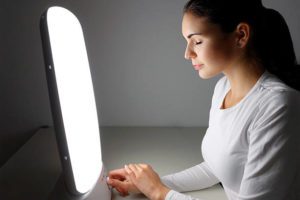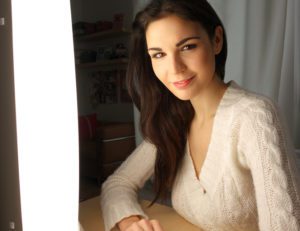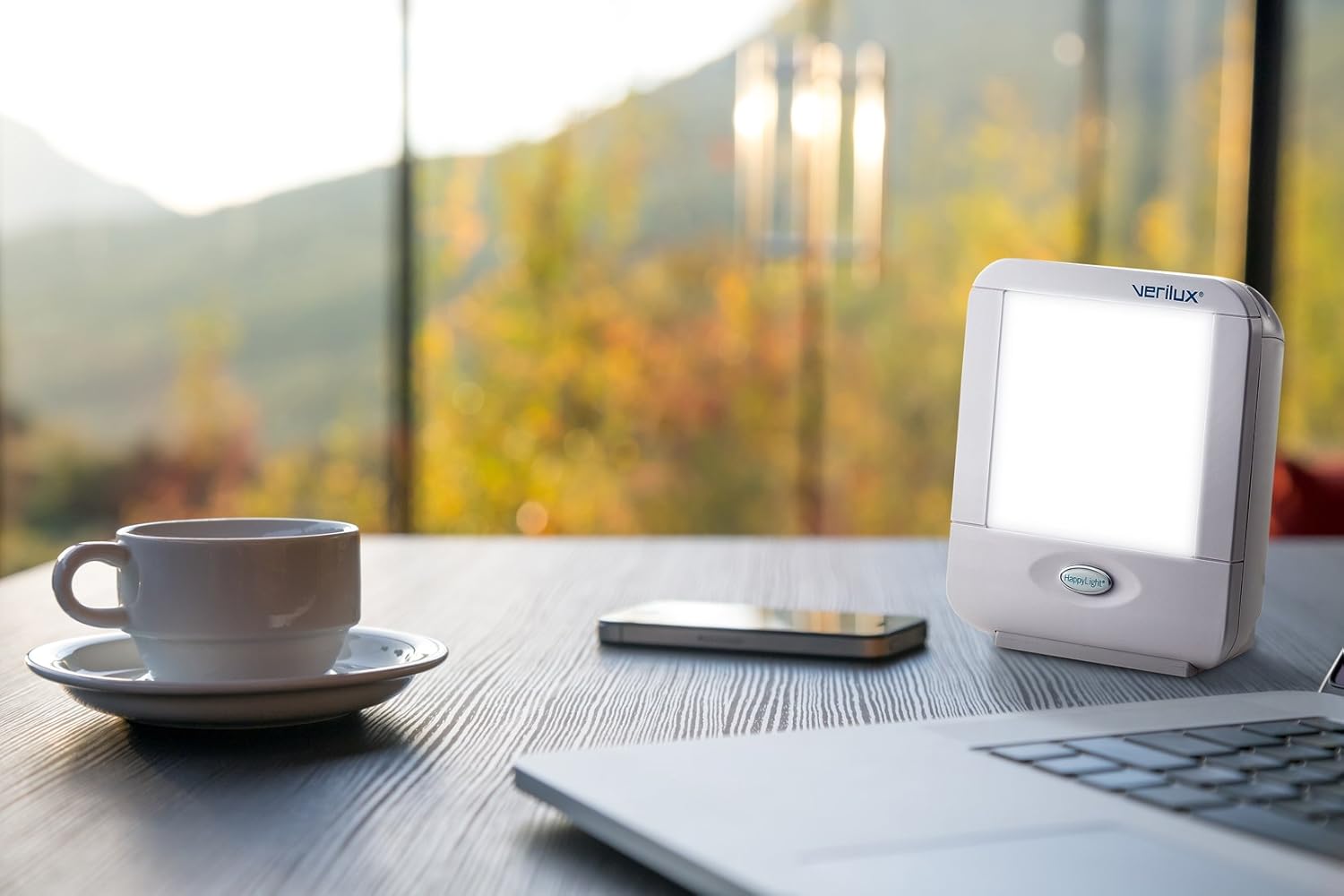We hope you love the products we recommend! Just so you know, Trendy Mami may collect a share of sales or other compensations from the links on this page.
–
Last year I made a trip with my husband to Scandinavia for a couple of weeks. We got the chance to see the northern lights in Iceland, visit castles in Denmark and it was all wonderful! However, because it was winter, the daylight was barely there and after a week I was definitely feeling more tired, moody and anxious.

I started wondering how people who live there cope with this lack of light so I asked my Swedish friend Maja and she introduced me to the magical world of Light Therapy.
Just what is light therapy? I thought (and I’m sure many of you do as you’re reading this) light therapy just was a bunch of lights flashing at you at random times. Or maybe just staring at a light for a very long time. But it’s a lot more complex — and effective — than that. Here are all the things you need to know about light therapy and to figure out if it’s for you.
What is light therapy and what is it used for?

Light therapy is exposure to light that is much brighter than one’s surroundings, but not as bright as sunlight. Light therapy is purported to help with jet lag. insomnia, sleep disorders, and seasonal affective disorder (SAD), which is depression related to reduced sunlight in the winter months. Therapy is usually done 1-2 times daily.
How does it work?
Those of you reading will be keen to know that this type of therapy isn’t meant to simulate a day on the beach. Instead, it’s for people who want to fix their circadian rhythm and help fight depression. The light is supposed to reset your internal body clock. Light gets scarce in the winter, so light therapy seeks to give people more light during the tough winter months.
Where does the light come from?
The light comes from a light box, which is small enough to fit on your table or nightstand. A light box is exactly what it sounds like: a contraption meant to be portable and light-emitting. The light is usually LED and placed inside the box. If it’s near your bed, you can wake up to it. If it’s on your desk, you can read or write with the box next to you.
Does it have any side effects?

Individuals who are already sensitive to light shouldn’t start this type of therapy. Just like sitting in front of a computer, light therapy can also cause eye strain, headaches, and (even more) insomnia. So if light does this to you already, then it’s probably for the best for you to not start light therapy. If you sit in front of a computer all day like me, then intensive light therapy is probably not for you. However, you can take small doses of it. Therapy is different for everyone, which is why you need to see an expert before you start.
Consult your doctor

Like any health regimen, you should always consult your doctor before starting therapy. Find a certified therapist to perform light therapy. If you’re moonlighting (no pun intended) as a student, then it’s very likely your college or university has something similar to light therapy sessions. Check out your campus calendar! My insurance was a big help in finding a suitable therapist. Your insurance provider might be of use to you too.
Have you tried light therapy? Leave a comment below!














